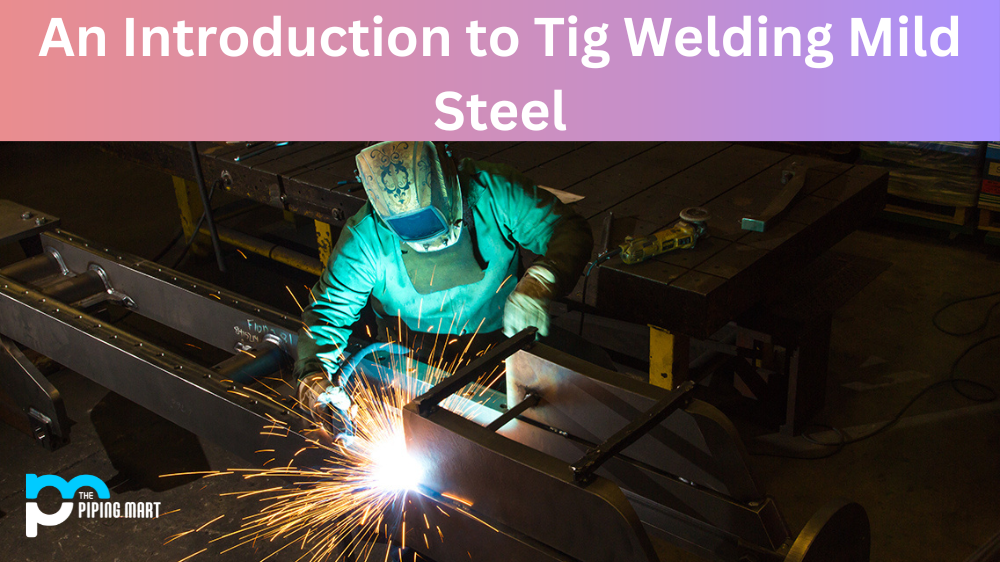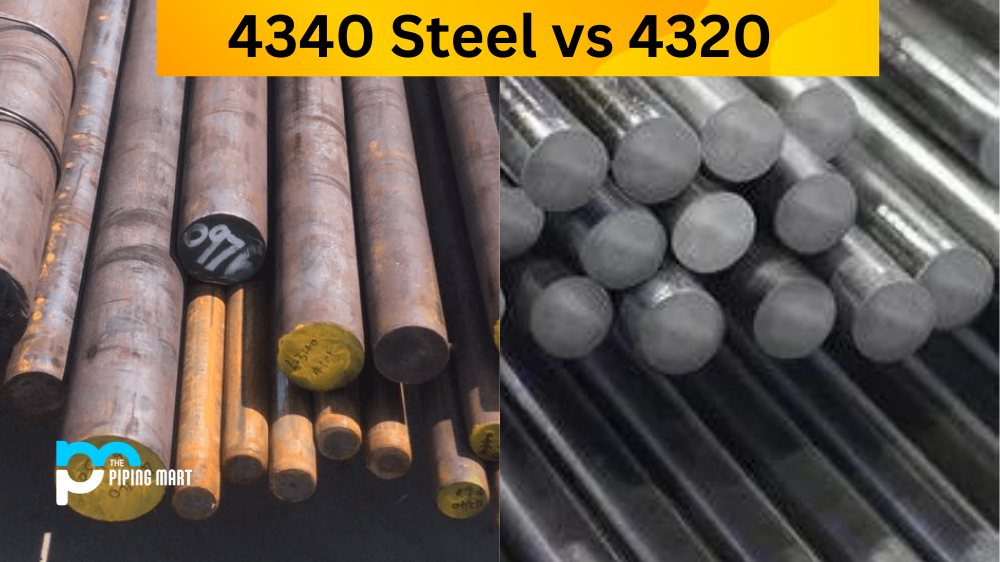Tig welding is a versatile and powerful technique that is used for welding stainless steel, aluminum, and mild steel. In this blog post, we will take a look at how to use tig welding for mild steel. We’ll discuss the best practices for setting up your equipment, preparing your materials, and making sure you get the most out of the process.
TIG Welding Mild Steel
Tig welding mild steel is a complex but rewarding task. It not only has excellent strength and versatility but also allows for complex joints and intricate designs to be achieved. The process of tig welding mild steel involves careful preparation, such as grinding or sanding the metal surfaces, in order to ensure a strong bond with ample penetration. A skilled welder must then use an oxygen-acetylene torch to preheat the surface prior to welding. Afterward, the actual TIG Welding can begin with accurately directed weld beads that build up to form a strong bond. The final result is a beautiful work of art that is both durable and aesthetically pleasing. With proper building processes and skill, TIG Welding Mild Steel can provide an impressive connection between two objects.
Before You Start TIG Welding Mild Steel
When you are getting ready to start tig welding mild steel, it’s important that you have all of the necessary supplies on hand. Make sure that you have gloves, goggles, a welding helmet, and any other safety gear that may be necessary for the job. Depending on the size of your project, you may also need clamps or other tools to keep your workpieces in place while you weld them together. Additionally, make sure that your welding machine is plugged in and properly grounded before beginning work.
Setting Up Your Machine
When using a tig welder to weld mild steel, it’s important to set up your machine correctly so that it produces quality welds every time. Start by adjusting both the amperage and voltage settings on your machine according to the size of the material being welded as well as its thickness. Then set up an alternating current (AC) balance between 30-40% in order to get a good mix between cleaning and penetration during each weld pass. Finally, adjust your gas flow rate depending on whether you are working indoors or outdoors; higher rates should be used when working outdoors due to windy conditions.
TIG welding techniques
Once everything is set up correctly, it’s time to start tig welding! Begin by preheating your workpiece with a torch if necessary; this helps reduce stress on the metal as well as maximize penetration during each pass. Then attach one electrode holder onto each piece being welded together—this will help ensure an even heat distribution throughout each joint as well as prevent overheating of any single point of contact during welding. Finally, slowly move around each joint using short overlapping passes while keeping an eye out for any signs of spatter or porosity in order to maintain high-quality results throughout your entire project.
Benefits of TIG Welding Mild Steel
Tig welding mild steel is a popular and beneficial process for many projects. This welding technique can create incredibly strong and durable bonds that can withstand extreme temperatures, which is why it has become so popular in construction, engineering, and automotive manufacturing. Tig welding is also advantageous because it produces clean welds without unsightly spatter and the frequent need to chip away excess slag. Additionally, TIG welding is extremely versatile; mild steel can be joined to other metals including aluminum or stainless steel. All of these factors make TIG welding mild steel a reasonable choice for even large manufacturing projects.
Conclusion
Tig welding is an excellent way to join pieces of mild steel together without having excessive amounts of splatter or porosity present in finished joints. By following these tips and techniques when setting up your machine and preparing materials prior to welding, as well as taking care with each pass while observing any potential problems along the way, you can ensure quality results every time you use tig welding for mild steel applications! With these tips in mind, anyone can become a master at tig welding mild steel!

Pipingmart is a B2B portal that specializes in metal, industrial and piping items. Additionally, we share the latest information and information about materials, products and various types of grades to assist businesses that are involved in this business.




